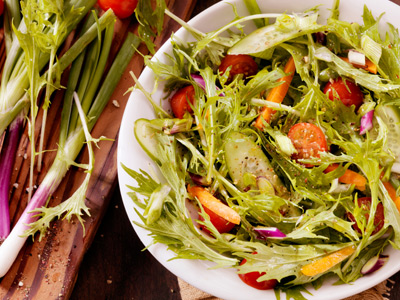
Ask the AI Tutor
Need help with Digestion 01? Ask our AI Tutor!
AI Tutor - Lucy
Connecting with Tutor...
Please wait while we establish connection

Teeth break up food into smaller pieces.
Digestion 01
Digestion breaks food into smaller parts your body can use. In KS3 Science, you’ll learn how enzymes, organs, and systems work together to process nutrients.
1 .
Lipase breaks down .......
fat
fibre
protein
starch
They are broken down into fatty acids and glycerol
2 .
At which range of temperatures do enzymes work best?
20-30°C
30-40°C
40-50°C
60-70°C
Normal body temperature is 37°C
3 .
Which of the following organs is not part of the digestive system?
Gut
Large intestine
Lungs
Small intestine
The lungs are part of the respiratory system
4 .
Which of the following is NOT a type of tooth?
Canine
Feline
Incisor
Molar
Teeth break up food into smaller pieces
5 .
Which of the following is NOT an enzyme?
Bile
Carbohydrase
Lipase
Protease
Enzymes break down large molecules
6 .
Which of the following organs is not part of the digestive system?
Heart
Liver
Pancreas
Stomach
The heart is part of the circulatory system
7 .
Protein is broken down into .......
amino acids
fatty acids
glucose
glycerol
These are required to make new cells for your body
8 .
Saliva is mixed with the food. It contains .......
acid
amylase
lipase
protease
Amylase starts the digestion of starch
9 .
Protease breaks down .......
fat
fibre
protein
starch
The names of enzymes usually ends in -ase
10 .
Starch is broken down into .......
amino acids
fatty acids
glucose
glycerol
Glucose is a small molecule which is used by cells to release energy
**Unlimited Quizzes Await You! 🚀**
Hey there, quiz champ! 🌟 You've already tackled today's free questions.
Ready for more?
Ready for more?
🔓 Unlock UNLIMITED Quizzes and challenge yourself every day. But that's
not all...
not all...
🔥 As a Subscriber you can join our thrilling "Daily Streak" against other
quizzers. Try to win a coveted spot on our Hall of Fame Page.
quizzers. Try to win a coveted spot on our Hall of Fame Page.
Don't miss out! Join us now and keep the fun rolling. 🎉
**Unlimited Quizzes Await You! 🚀**
Hey there, quiz champ! 🌟 You've already tackled today's free questions. Ready for more?
🔓 Unlock UNLIMITED Quizzes and challenge yourself every day. But that's not all...
🔥 As a Subscriber you can join our thrilling "Daily Streak" against other quizzers. Try to win a coveted spot on our Hall of Fame Page.
Don't miss out! Join us now and keep the fun rolling. 🎉






